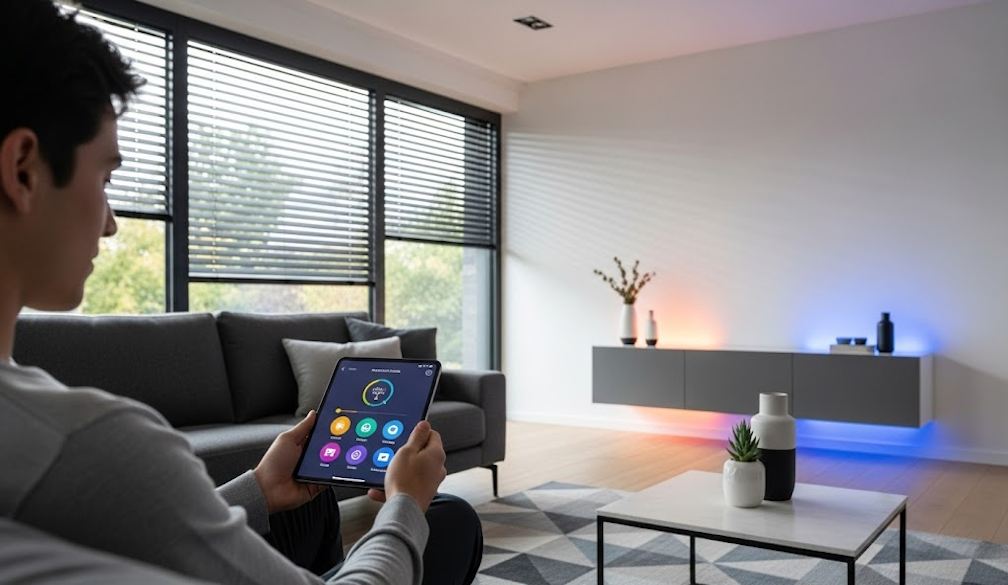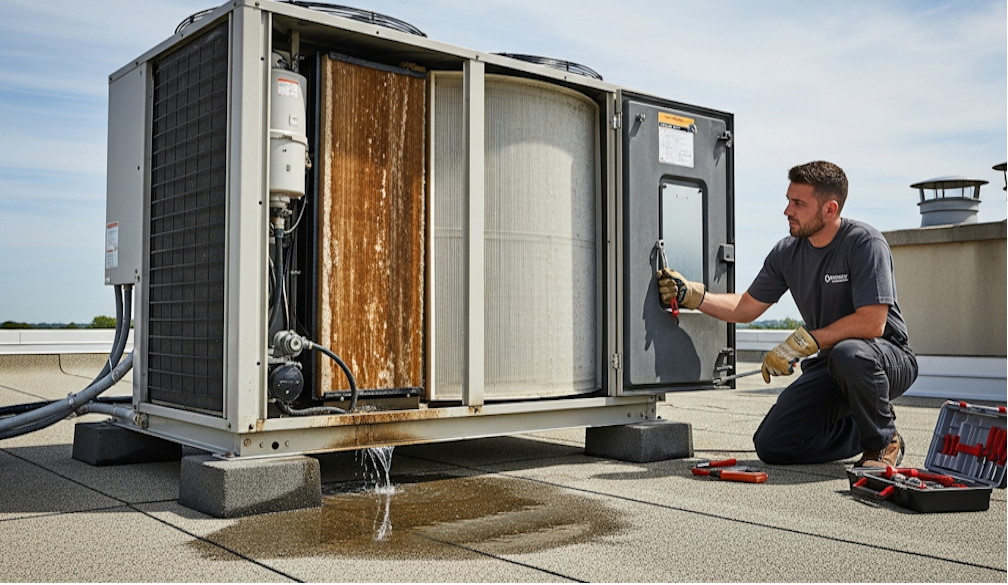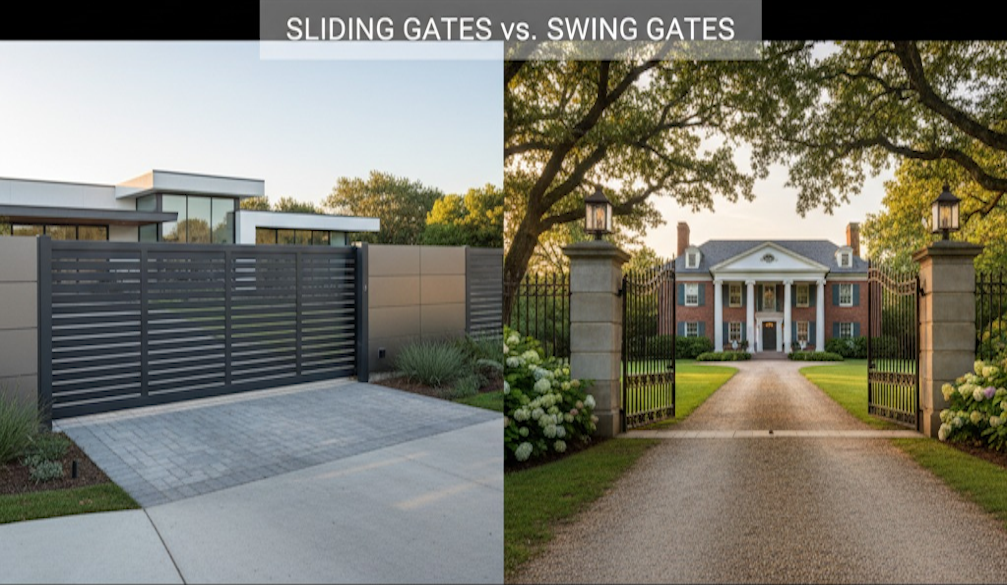Smart Home Automation – The Future of Connected Living

Smart home automation is transforming everyday life by integrating advanced technologies into residential spaces. It involves using smart devices, apps, and systems to automate and control household functions—like lighting, security, climate, and entertainment—from a central point such as a smartphone or voice-activated assistant.
What separates smart home automation from basic home automation is its level of interconnectivity. Rather than operating in isolation, smart systems communicate with each other through cloud-based platforms or local networks, offering a seamless, intelligent home experience.
Why Smart Home Automation Is Gaining Popularity
Modern homeowners want convenience, energy savings, and increased security—all of which smart home automation delivers. With just a few taps or voice commands, you can dim lights, set a thermostat, play music, or check security footage from anywhere in the world.
The technology has become more accessible and affordable, thanks to the widespread availability of high-speed internet, user-friendly apps, and growing compatibility across smart devices. Whether retrofitting an older home or building a new one, smart home automation is now a realistic option for almost anyone.
Key Components of a Smart Home Automation System
Every smart home automation setup is different, but certain core components tend to appear in most systems. Smart hubs act as the brain of the system, connecting all devices for unified control. Smart lighting allows for scheduling, dimming, and colour changes.
Thermostats automatically adjust heating and cooling to match user preferences and schedules. Smart plugs and power strips monitor energy usage and allow devices to be turned off remotely. Voice assistants like Google Assistant, Amazon Alexa, and Apple Siri add another layer of convenience, enabling hands-free control of almost every system in your home.
Smart Home Automation and Security
One of the most compelling reasons to invest in smart home automation is the enhanced security it provides. Smart locks can be programmed to allow or restrict access, while motion-sensor lights, doorbell cameras, and indoor/outdoor surveillance systems provide 24/7 monitoring and real-time alerts.
Many systems support automation rules like locking all doors when you leave home or sending notifications when unexpected movement is detected. With remote monitoring, homeowners can respond quickly to emergencies, no matter where they are.
Energy Efficiency Through Smart Automation
Smart home automation isn’t just about comfort—it’s also about reducing energy consumption. Smart thermostats learn your routine and adjust temperatures accordingly, preventing unnecessary heating or cooling. Automated lighting ensures lights are only on when needed, and smart blinds regulate indoor temperatures by opening or closing based on sunlight.
The result is lower electricity bills and a reduced carbon footprint, all without sacrificing comfort or convenience.
Lifestyle Benefits and Customisation
With smart home automation, daily tasks become effortless. Wake up to lights that gradually brighten, your favourite music playing, and the coffee brewing—all triggered by a single morning scene. Set “movie night” to lower blinds, dim the lights, and turn on the TV and surround sound system instantly.
Scenes and routines can be fully customised. A “bedtime” routine might lock all doors, arm the alarm, and turn off non-essential devices. A “return home” routine could trigger the AC, turn on hallway lights, and play relaxing music.
Installation and Integration Considerations
Installing smart home automation can be as simple or complex as you like. DIY solutions are ideal for basic setups, using smart plugs, bulbs, and Wi-Fi cameras. For a more advanced system—especially in larger homes or renovations—it’s advisable to work with a professional installer.
Professionals ensure that all devices are compatible, optimised, and securely configured. They also help future-proof the system by setting it up in a way that allows easy expansion later as needs change.
Compatibility and Ecosystem Choices
One of the major decisions in building a smart home automation system is choosing the ecosystem. Google Home, Amazon Alexa, and Apple HomeKit each have strengths and unique device compatibilities. Ensuring that all chosen devices work within the same ecosystem avoids glitches and makes control easier.
Third-party hubs and platforms like SmartThings or Home Assistant can bridge different ecosystems, offering even greater flexibility, especially in complex setups.
Smart Home Automation for Accessibility
For elderly residents or people with disabilities, smart home automation provides significant benefits. Voice control, remote access, and automation reduce the need for physical effort. Smart doorbells, fall detectors, medication reminders, and even connected appliances add a layer of safety and independence.
This makes smart home automation not only a lifestyle upgrade but also an essential tool for inclusive living.
The Future of Smart Home Automation
The future of smart home automation is driven by AI and machine learning. Systems will become more intuitive, learning behaviour patterns to adjust settings without manual input. Integration with health apps, electric vehicles, and even neighbourhood smart grids will become common.
As 5G expands and devices grow more powerful, expect faster response times, better reliability, and broader applications—from energy trading between homes to fully autonomous smart cities.
Conclusion
Smart home automation is no longer a futuristic dream—it’s here, and it’s making homes more efficient, secure, and enjoyable. With customisable options for every need and budget, it empowers homeowners to take full control of their living space. Whether you're after convenience, energy savings, or cutting-edge security, smart home automation is the intelligent choice for modern living.




